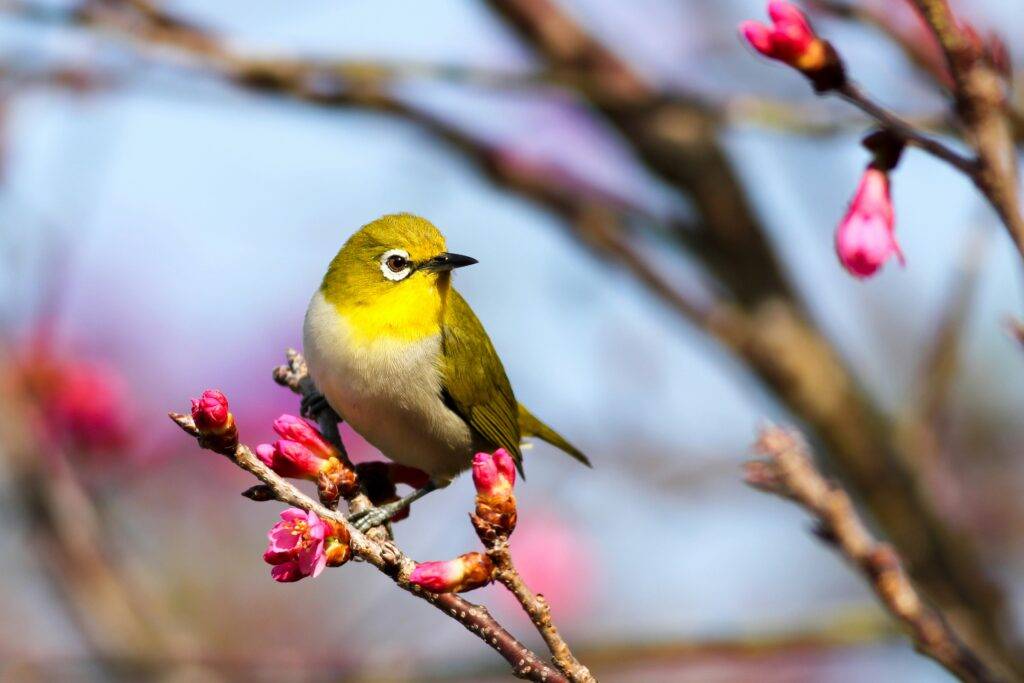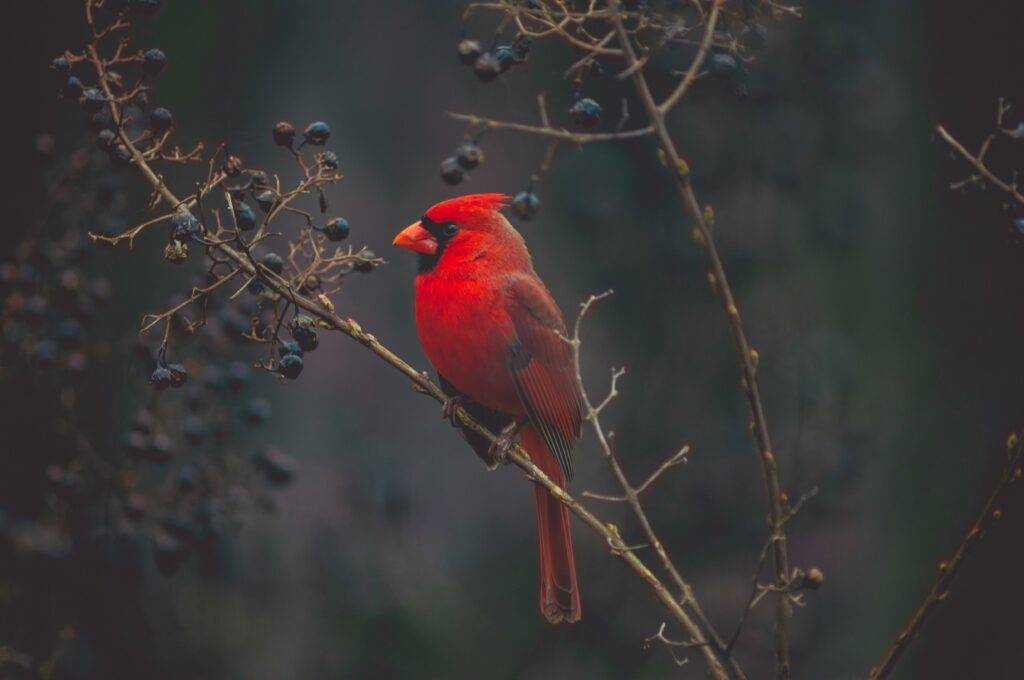Taming a wild bird in your backyard can be a rewarding experience that fosters a deeper connection with nature. Whether you’re a bird enthusiast or simply curious about forming a bond with these feathered friends, understanding the process is essential. In this guide, we’ll explore practical tips and techniques to help you tame a bird while ensuring its well-being.
Table of Contents
Creating a Bird Friendly Environment
To tame a bird, the first step is to make your backyard an inviting habitat. Birds are naturally cautious, so creating a safe and appealing space will encourage their presence.
- Set Up Feeders: Offer a variety of birdseed, suet, or fruit depending on the species common to your area. Place feeders in easily visible but sheltered spots.
- Provide Water: A clean birdbath or shallow water source attracts birds for drinking and bathing.
- Offer Shelter: Plant native shrubs and trees or install birdhouses to provide safe perches and nesting spots.

Building Trust Through Consistency
Gaining a wild bird’s trust requires patience and consistency. Here’s how to build rapport over time:
- Stick to a Schedule: Refill feeders and birdbaths at the same time each day to establish a routine.
- Limit Sudden Movements: Move slowly and avoid loud noises to prevent startling the birds.
- Use Gentle Sounds: Speak softly or whistle to create a calm atmosphere.
Feeding by Hand
Feeding a wild bird by hand is a magical moment, but it takes time and effort. Follow these steps to increase your chances of success:
- Start with a Perch Nearby: Place food close to you, gradually moving it nearer each day.
- Introduce Your Presence: Sit quietly and let the bird grow accustomed to your proximity.
- Offer Food Directly: Once the bird is comfortable, hold out food in your palm. Be patient; it may take weeks for the bird to trust you enough to land.
Recognizing Bird Behavior
Understanding bird behavior is key to taming. Birds communicate through body language and vocalizations.
- Watch for Curiosity: A bird that hops closer or tilts its head is likely curious and less fearful.
- Avoid Overcrowding: If the bird shows signs of stress, like rapid wing-fluttering or retreating, give it space.
The Ethics of Taming a Wild Bird
Taming a bird is not about domesticating it but fostering a natural bond. Here’s how to prioritize the bird’s well-being:
- Avoid Over-Dependency: Ensure the bird continues to forage and interact with its natural environment.
- Respect the Seasons: During breeding or migration seasons, minimize interference to avoid disrupting natural behaviors.
- Follow Local Guidelines: Be aware of laws and regulations regarding wildlife interaction in your area.
Benefits of Taming a Wild Bird
Taming a bird offers a host of benefits for both humans and birds.
- Connection with Nature: Building trust with a bird deepens your appreciation for wildlife.
- Education Opportunity: Observing bird behavior up close provides insights into their habits and needs.
- Support Conservation: By creating a bird-friendly space, you contribute to local biodiversity.
Challenges and Tips for Success
While taming a bird can be rewarding, it’s not without challenges. Here are some additional tips:
- Be Patient: Birds are cautious creatures and require time to adapt.
- Expect Setbacks: Progress may not always be linear, especially if the bird is startled.
- Celebrate Small Wins: Each interaction, no matter how minor, is a step toward building trust.
How to Tame your bird and BOND with it by Bird Nuggets
Taming a bird in your backyard is a journey of patience, understanding, and mutual respect. By following these tips and putting the bird’s welfare first, you can create a meaningful connection with nature. At PetnarianPets, we believe that every interaction with wildlife brings us closer to preserving the beauty and wonder of the animal kingdom.
Liked what you read ? Support Us On Instagram, X, Pinterest and YouTube.
Wanna Say Something? Contact Us
